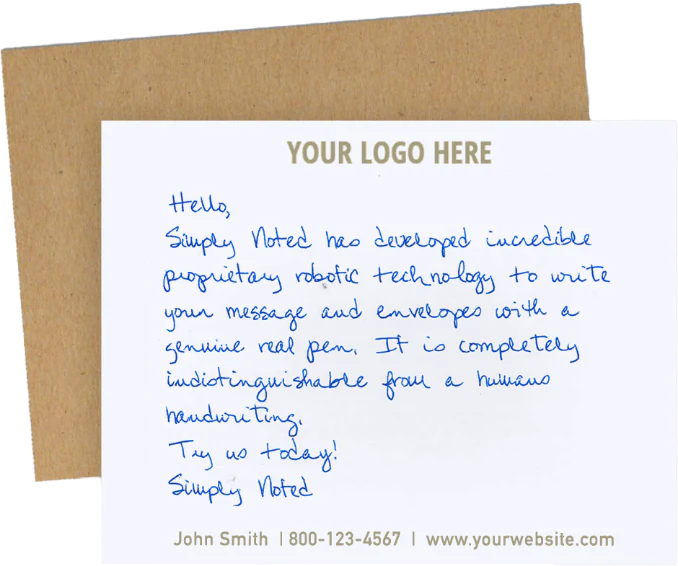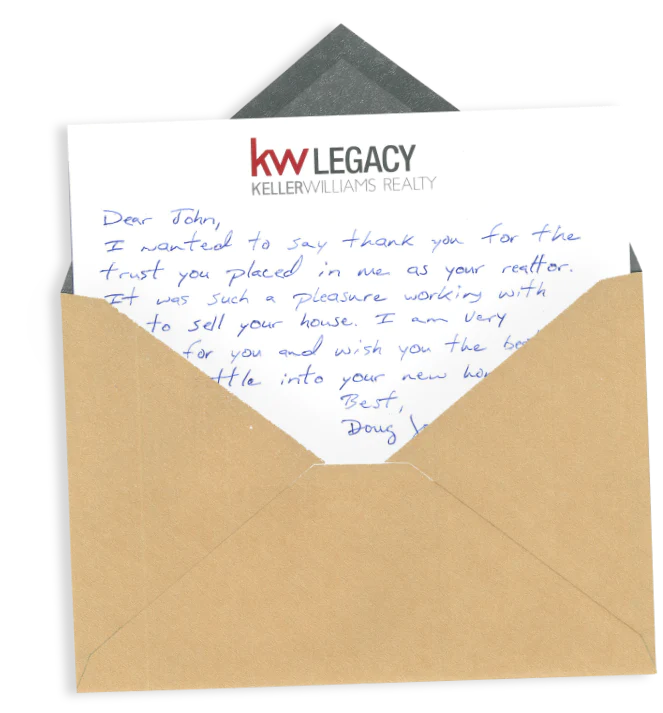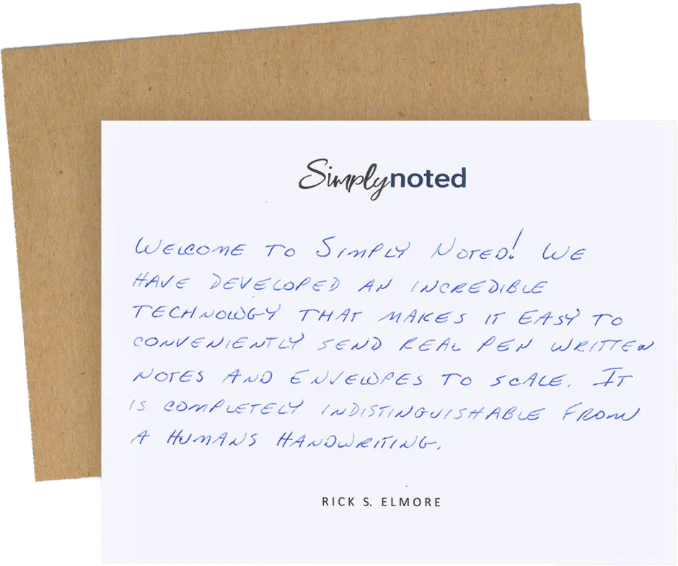How To Make Content Marketing More Personal

Content marketing is renowned for its ability to drive lead generation, increase web traffic, and establish brands as thought leaders in their industries. However, compared to other marketing strategies, like email and PPC, it isn’t particularly personal. That’s because it tends to be one-sided — marketers create content and then push it out equally to all audience members on all platforms. Everyone gets the same experience regardless of what they’re looking for from the brand.
Personalizing your content marketing can increase its effectiveness. People are considerably more likely to interact with content that interests them, so the more you can promote the right pieces of content to the right audience at the right time, the faster your audience will grow.
(You might also be interested to learn about 13 brands with strong personalized marketing strategies.)
ASK YOUR AUDIENCE WHAT THEY’RE INTERESTED IN
Any good content marketing campaign will cover a lot of ground, producing content that answers all of the big questions in your industry. But not all of those topics will be of interest to all of your customers. You can personalize the content that individual prospects and customers are introduced to by alerting them through email whenever you publish content that matches their interests. But to do that, you need to know what they’re looking for.
Not only can you email to alert customers about the content you’re posting, but you can also send out surveys to learn audience member preferences. You might include a short survey with your welcome emails. You can also send out periodic questionnaires regularly for those that aren’t yet participating or that need to update their preferences.
Let’s say you run an art supplies store, and you regularly create content around painting, drawing, sculpture, and art history. Some of your customers will want to read everything you post, Those that don’t may start tuning out your alert emails if you regularly promote content they’re not interested in. By promoting only painting content to painters, and art history content to academics, you’ll keep everyone engaged. They’ll know that the content will be relevant to them whenever an email alert arrives from you.
SEE ALSO: 6 Game-Changing Customer Service Ideas

LEARN WHERE EACH OF YOUR AUDIENCE SEGMENTS SPEND TIME ONLINE
Social media platforms are critical components of a rigorous, multi-channel content marketing strategy. You can use them to promote your blog content as well as publish unique content make specifically for social media. These platforms are also an excellent channel for personalization.
That’s because different types of people favor different platforms. Knowing which segments of your audience use each platform lets you target content by altering what you post on each.
Our art supply store from above focuses on a few different audience segments — young art students, professional artists, and older hobbyists. They know that their younger customers spend time on TikTok and Instagram, so they publish content targeted to a younger demographic on those platforms. Professional artists range across Twitter, Facebook, and Instagram, so the store posts their most popular content on all three. Their older retired hobbyists might interact with them on Facebook but generally respond more to emails, so the content they create for older individuals gets promoted through their email channels.
By targeting audience segments where they are, you create a much more personalized experience of your brand.
SEE ALSO: How to Build Brand Awareness

RECOMMEND FURTHER CONTENT BASED ON WHAT YOU KNOW ABOUT THE READER
If you’re using your tracking pixels, cookies, and other data collection options, you probably know a lot about individual audience members. But even if you do little to no data collection, you still know more about your content consumers than you think.
Consider a visitor reading a post on your blog. If nothing else, you know they have at least some interest in the topics covered in that piece of content. You can use this knowledge to recommend additional content. You can find WordPress plugins and related services that will integrate on-the-fly content recommendations into your blog posts.
The more you know about your readers, the more specific these recommendations can grow. If you recognize them and already have them segmented in your CRM, you can boost highly relevant content each and every time they visit your site.
SEE ALSO: How to Get More Referrals
Fuse Content Marketing With Handwritten Marketing
If you’ve read any of our previous content, you’ll know that we consider handwritten cards to be the pinnacle of personalized marketing. There’s no better way to make a profound connection with your audience than mailing them a personalized, handwritten card. They’re unique in a world littered with throwaway digital communications. They feel special.
You can blend handwritten cards with your content marketing efforts as readily as you would email using Simply Noted. We offer various methods for integrating your CRM, website, and other digital technologies with our automated, ballpoint-pen-wielding handwriting machines. We’ve built an API that allows for custom integrations, or you can leverage an app like Zapier to trigger automatic, handwritten cards based on specific user interactions.

How This Works in Practice
For example, when a new customer joins your website after reading a specific piece of content, you could trigger us to send them a personalized welcome letter that mentions the user by name and integrates the content they read into the message body. Your prospect will be astounded by the fact that such a personalized welcome was handwritten just for them.
You might turn these cards into a social media stunt. Include a fun question and ask your recipients to write in an answer, photograph the card, and post it to social media. By hashtagging your brand, you’ll get a notification that you can respond to. Posting might enter them into a contest. In the process, you’ll get a lot of free publicity.
When someone downloads a free content giveaway, you can send them a free bit of additional content using a handwritten card. Zapier allows you to link web actions to Simply Noted. This is a highly personal way to welcome new content consumers while simultaneously providing them extra, tangible content.
Handwritten cards are also an endearing way to ask for feedback. Be sure to include an email address, website, or other digital way for your customers to respond. Your recipients will undoubtedly love getting a handwritten communication, but they’re not likely to want to return the favor.
Whether you’re using handwritten cards, emails, or website automation, the more you can target your content to the people that want to view it, the better your content marketing will perform. Good luck!
SEE ALSO: When You Should Send Out Cards























